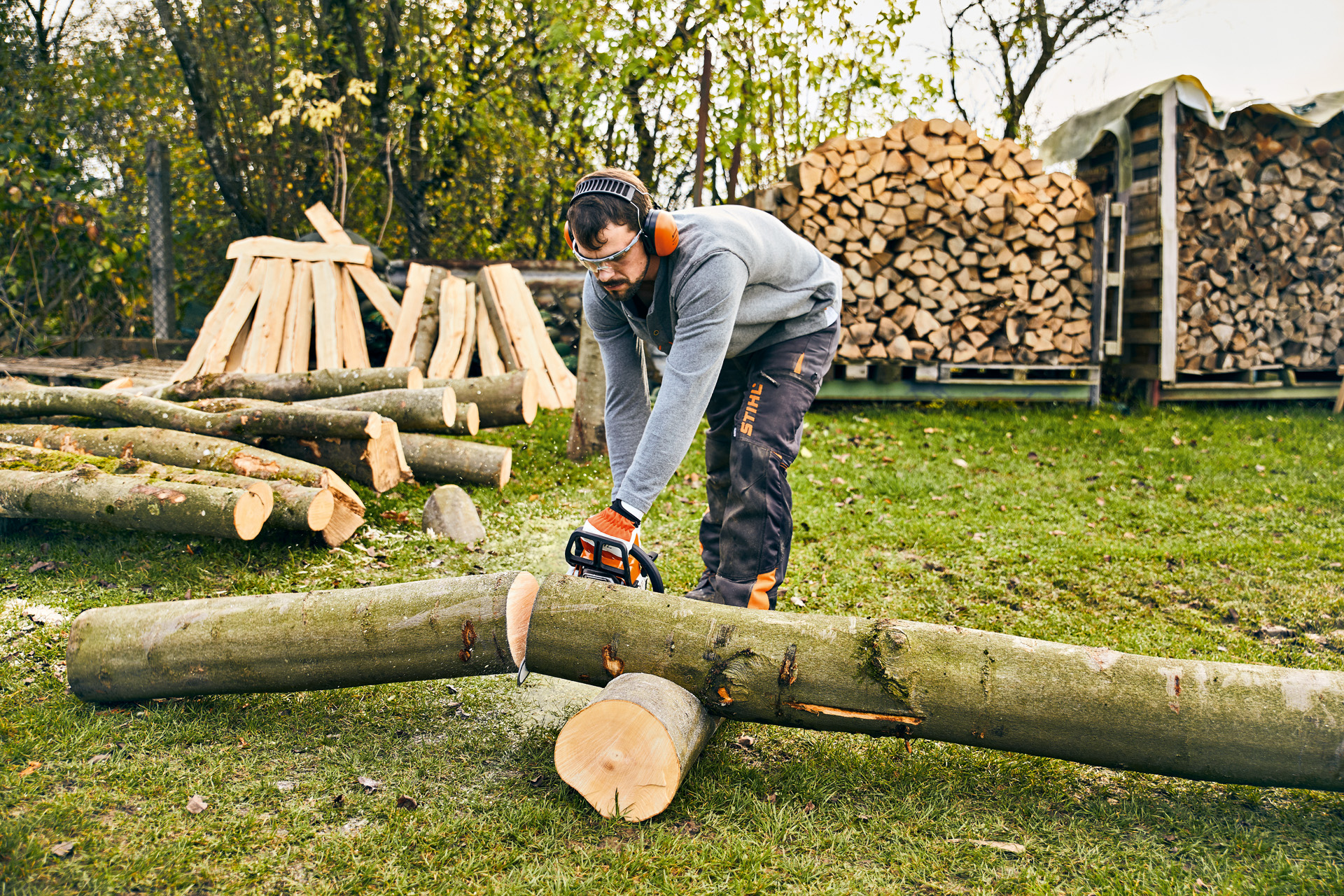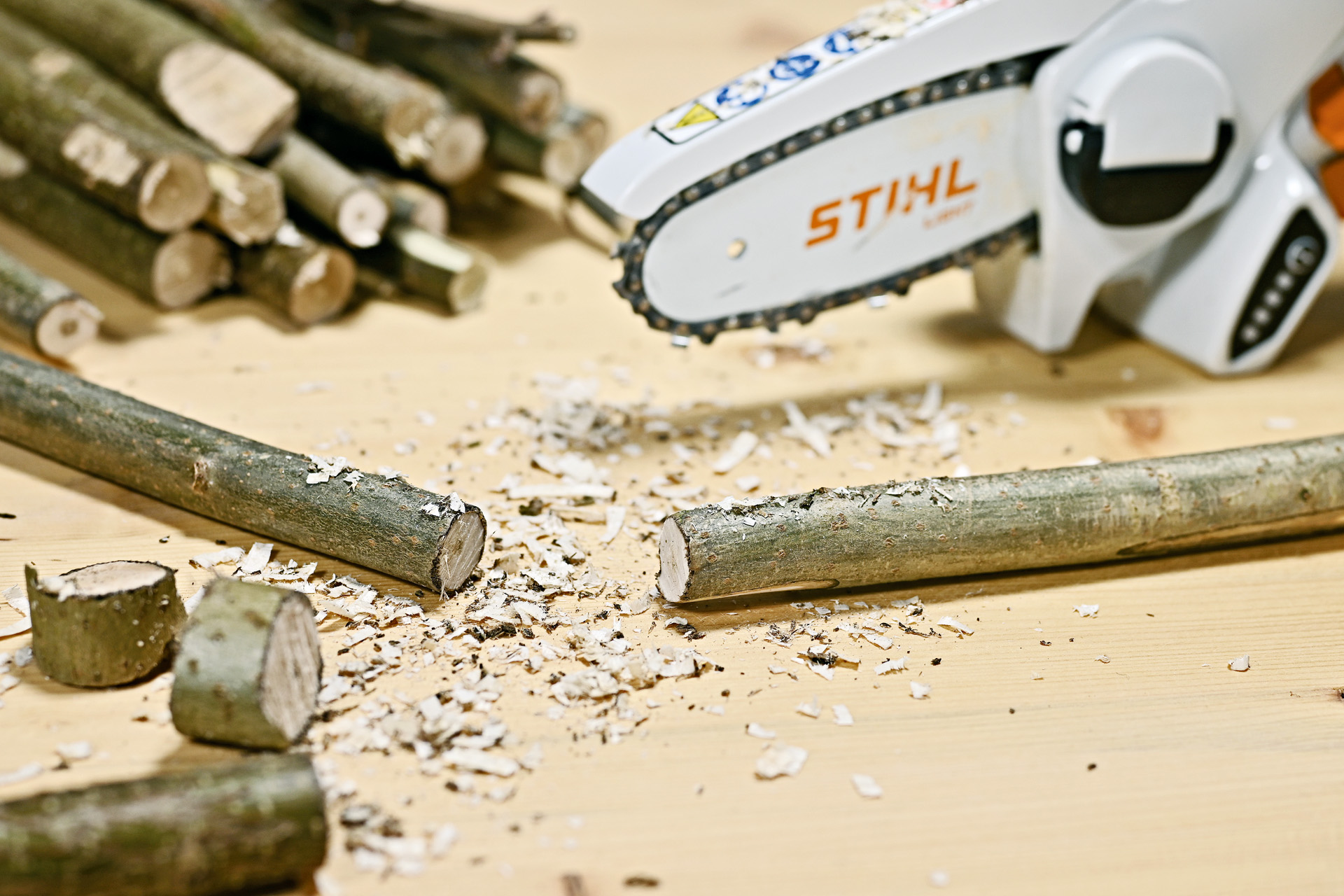How to make a wildlife-friendly garden
DIY project ideas for a wildlife-friendly garden
A garden should be designed for enjoyment by more than the human members of your household: it can also be a wonderful habitat for many other creatures. Even a balcony can help support biodiversity by offering a haven for insects. Our easy-to-follow DIY guides will help you create a more wildlife-friendly garden or outdoor space.
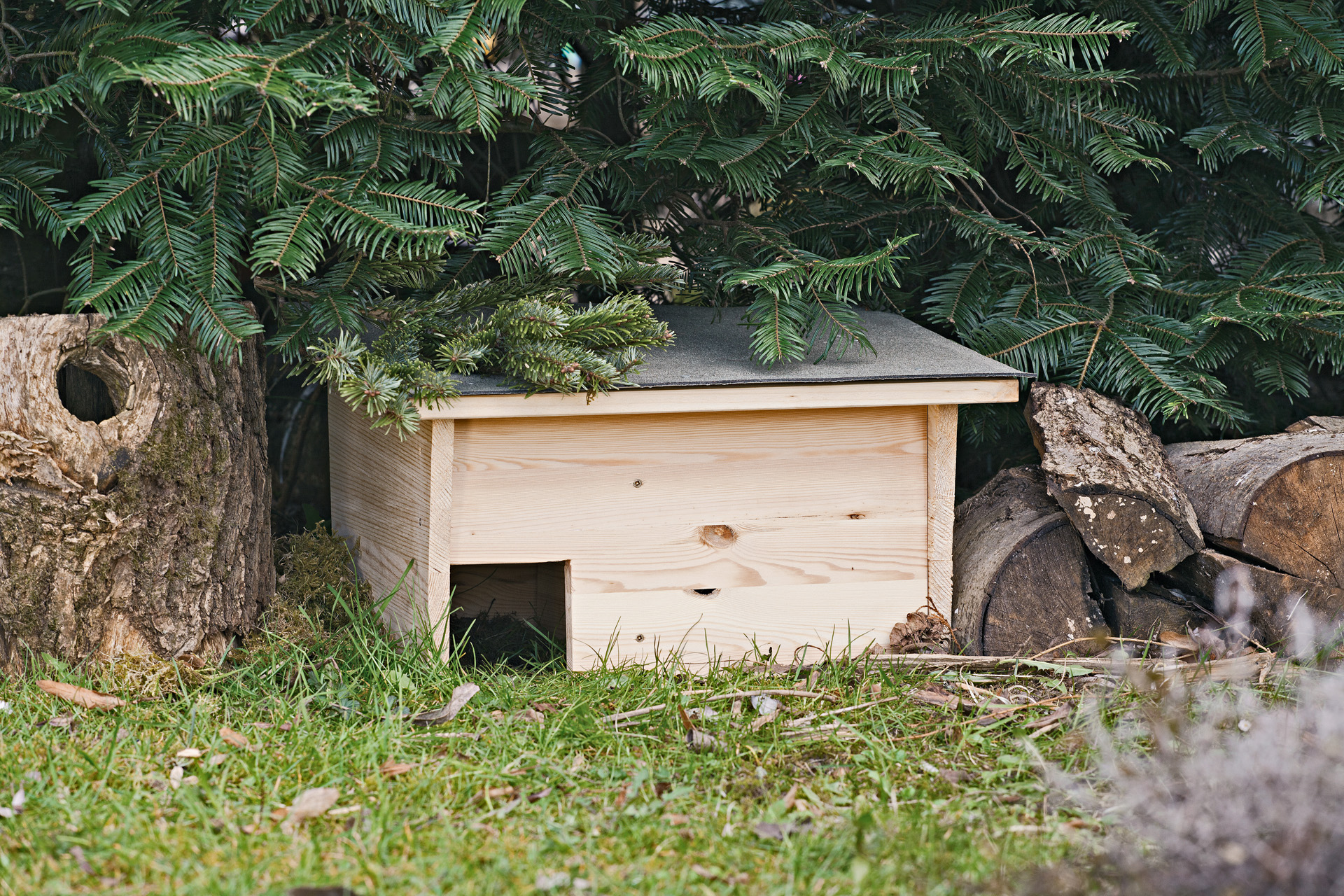
How to make a DIY hedgehog house
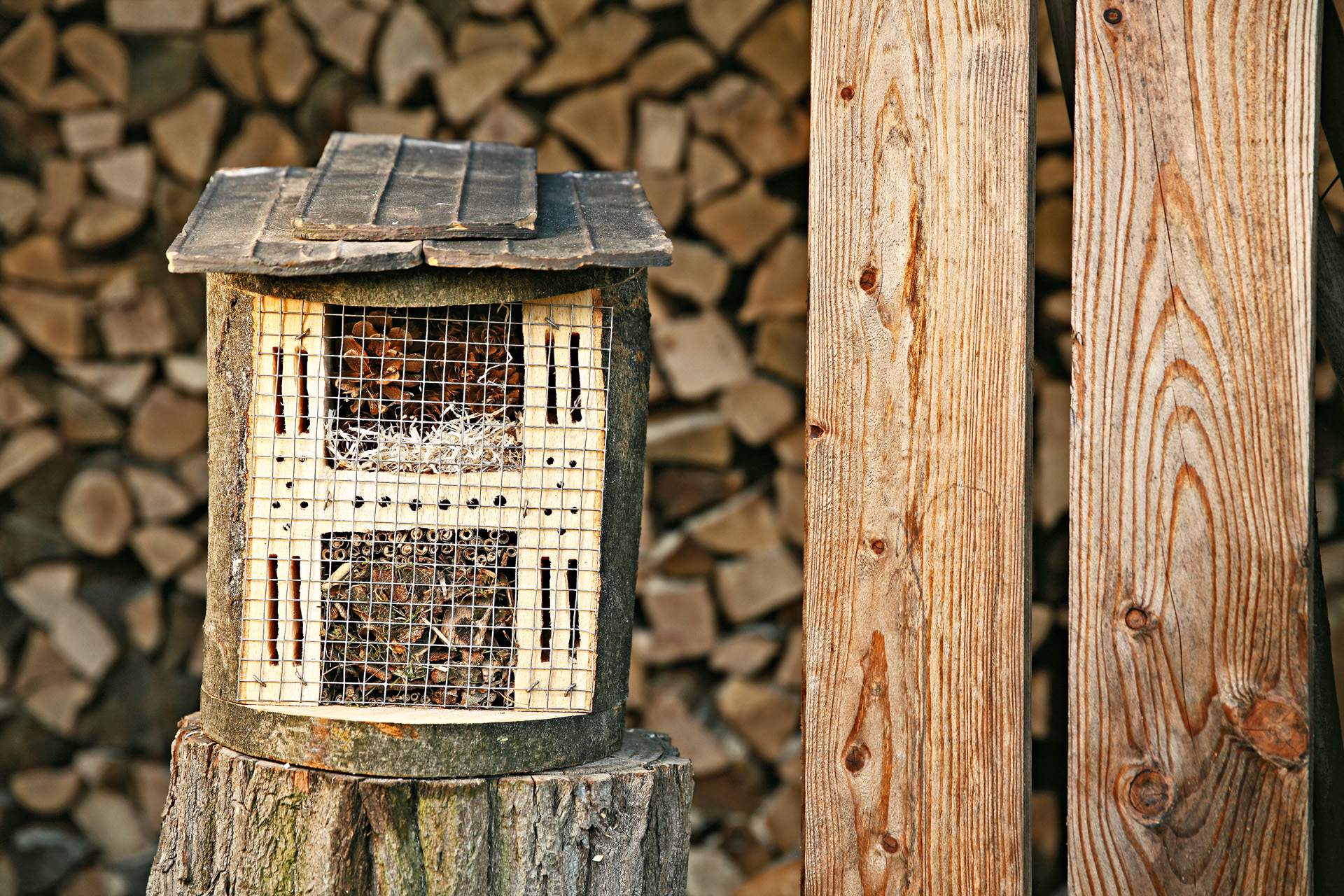
How to make a bug hotel

How to make a DIY nesting box for garden birds
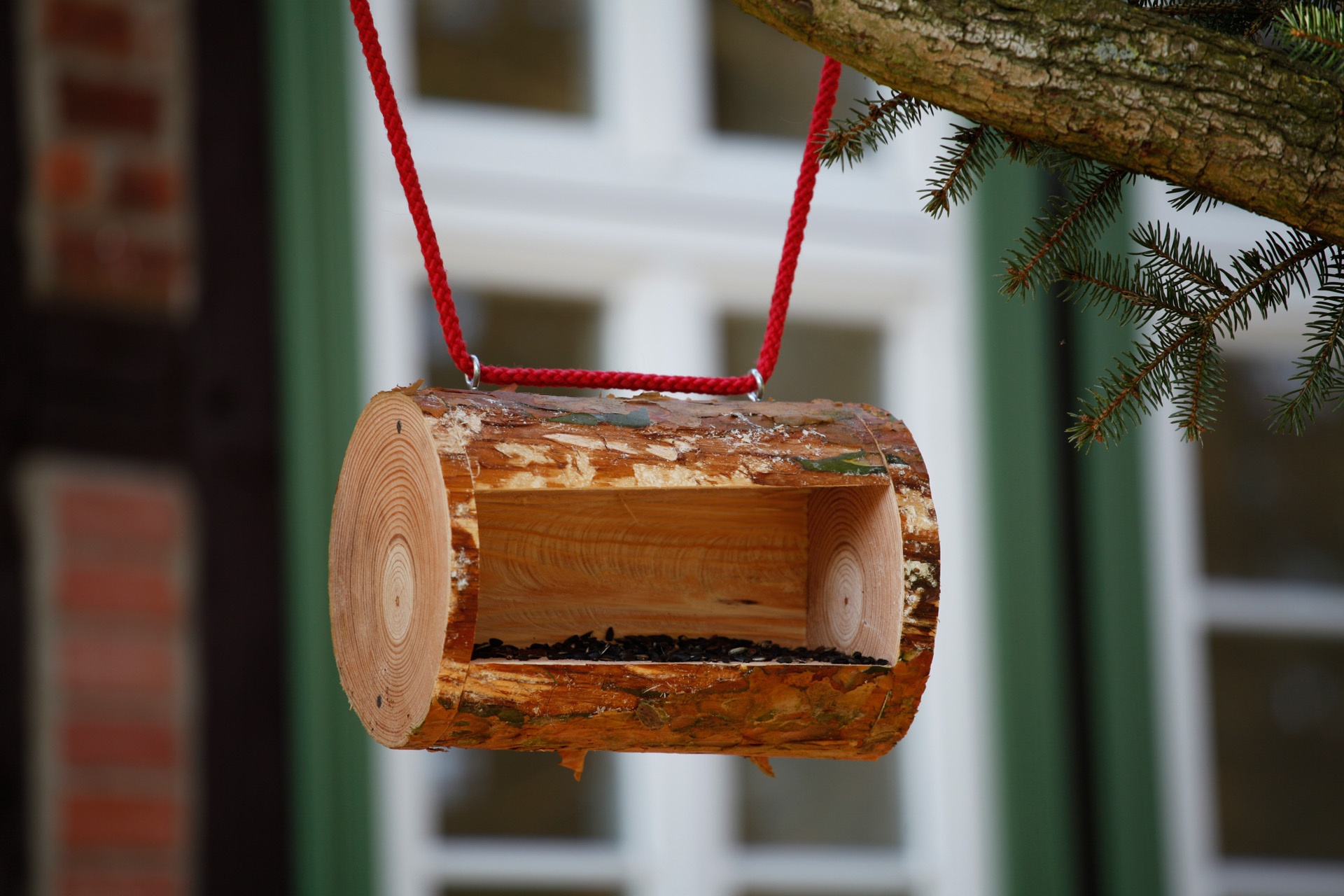
How to make a DIY bird feeder
Other ways to make your garden wildlife-friendly
There are other simple ideas that make your garden more welcoming for animals: it’s a matter of understanding what they need. Adding a water source or changing your tidying routine can make a big difference.
Create a wildlife-friendly shelter and habitat
Providing wildlife shelter for garden creatures need not be complicated. You can give your garden wildlife a big boost just by not being too thorough when tidying up in autumn. Many insects hibernate in plants and shrubs that have died back, so if you leave these in place you are protecting the wildlife habitat for the coldest season.

Garden leaf piles are another natural winter home for wildlife. Rather than removing all the leaves in your garden, we recommend you pile some up in one place and leave them as a sanctuary for hibernating creatures. A leaf blower makes the job even easier, helping you quickly gather the leaves in a quiet corner of the garden where animals can settle down until next year.

Garden wildlife needs water
Birds, insects, hedgehogs and squirrels all need water to survive, so in a wildlife-friendly garden it’s essential that water is available. A garden pond is wonderful for wildlife as a habitat in its own right, and for providing animals of all sizes with water. Make sure that it contains areas of various depths so that even small animals can get in and out with ease – adding large rocks is a good way to do this, and also creates a natural look.
If you can’t manage a pond in your garden, you can still make it wildlife-friendly. A bird bath or even a small shallow dish of water can sustain bees and other small creatures. Put a few stones or marbles in the water so it’s easy for insects to climb out, and clean the tray and refresh the water daily to prevent bacteria and disease.
Plants for a wildlife-friendly garden
A lot of plants that are popular with humans are of no interest to insects. For example, flowers cultivated with double blooms have fewer stamens and therefore less pollen – and any pollen they do have is harder for insects to find and access. Pollen is produced alongside the nectar that is vital for insects; and insects are vital for pollination, so make sure you have plenty of wildlife-friendly blooming varieties in your garden. Look for single-flowered or semi-double types where the yellow pollen-covered centre is clearly visible.
Pollinator favourites include:
- Scilla
- Crocus
- Lavender
- Snapdragon
- Lupin
- Daisy
- Evening primrose
- Yarrow
- Single dahlias
- Malva sylvestris
You can often rely on native plants to suit local insects, but do check that the yellow anthers in the centre are accessible, and haven’t been cultivated to become additional petals instead.

Herbs and bushes also play an important role in making your garden wildlife-friendly. Bear in mind that insects and birds often avoid exotic plants. So, to be wildlife-friendly, a European garden should include less forsythia, Chinese juniper and red-flowering hawthorn, and more indigenous plants such as juniper and hawthorn. Suitable species include:
- Nettle
- Blackberry
- Thistle
- Ivy
- Aromatic herbs
- Raspberry
- Currant
- Clover
- Cabbage
- Carrots
- Parsley
- Marigold
- Blackthorn
- Gooseberry
- Juniper (common juniper)
- Hawthorn (crataegus spec.)
- Wild carrot
- Onion
Stones can be wildlife-friendly habitats too
Try to make room for a stone heap in your wildlife-friendly garden, as it makes a good home for creatures such as toads, shrews, insects, spiders, hedgehogs, snails and lizards, who all love to live among large stones and wild plants. Position your stone heap between grasses and hedges that provide food to the residents, and make sure it’s also in a sunny position so the stones warm up quickly and supply cold-blooded animals with energy. Check there are no places for water to collect inside the stone heap, and use large stones so that when you stack them the spaces in between are large enough for your visiting wildlife to make a home.
/catalogue/stihl-catalogue-2019-(master)/cutting-attachments/6250c0016350403c865730b8d47596d9.jpg)
